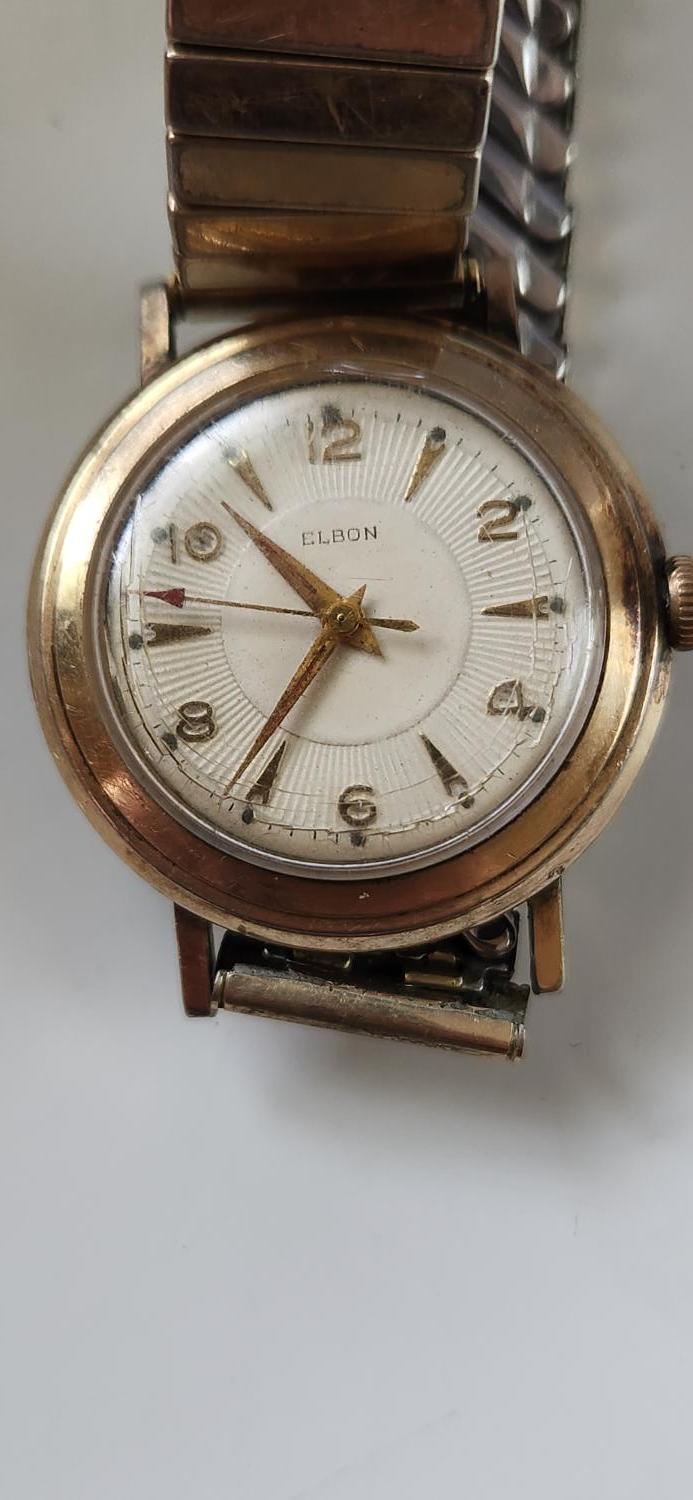Trying to gauge the quality of my services because i'm being offered my first paid gigs. How's this reading look for a 7s26 movement?
-
Recently Browsing
- No registered users viewing this page.
-
Topics
-
Posts
-
It looks like this movement comes with a number of different shock settings. Emmywatch shows that it comes in versions with no shock settings, 'Incabloc', 'shock resist', and 'Supershock'. Perhaps the different settings position the impulse jewel/roller table in a non-ideal position relative to the pallet fork/guard pin. Are you able to check under high magnification if the pallet fork and roller table are able to operate without any interference? Just for fun I took a look and I have one FHF 70 in my collection, a West End Secundus with a non-shock protected FHF70. I had a note with the watch that said, "Movement is stamped 'FHF 70', but the FHF70 looks to have sub-seconds instead of center seconds movement (??)" but that a google search turned up both types for this movement. EDIT: I just took a look in my parts drawer and I have a few of these movements, both in center seconds and sweep seconds, but they all are non-shock protected.
-
Any info on this watch would help. I know that it's sterling from London but I could not match the o letter date or make out makers mark. Is the movement maker Camberwell or Lamberwell? If I give it a twist it will run for about ten seconds. $45 yard sale find. I don't think that I want to service a fusee. What quality is it?
-
Hello As I am learning, does anyone have any recommendations on Repair and sourcing in Gold Coast, Qld, Australia ? eg old Seiko coil 4002920 Thanks. Cheers, Ken
-
By Neverenoughwatches · Posted
Lay out the minute wheel bridge jumper , the yoke and the setting lever. So we can get a good look at them . I have flume and the swiss parts catalogs.
-







Recommended Posts
Join the conversation
You can post now and register later. If you have an account, sign in now to post with your account.
Note: Your post will require moderator approval before it will be visible.